Hey there, aspiring historians!
There’s no place quite like Montana when it comes to embracing the wild essence of the American West.
In this article, we’ll unpack Montana’s captivating history and the legacy left by those who dared to explore this rugged frontier.
From the Catholic Missionaries of Saint Mary’s Mission to the serene shores of Flathead Lake, prepare to be transported back to a time when Montana was just beginning to bloom.
We’ll uncover the struggles and triumphs of the state, including the remarkable moments that will forever be etched into its identity.
- Related article: How Montana Became a State
Whether you’re a history buff or simply a curious explorer, Montana’s rich tapestry, painted against the backdrop of the majestic Rocky Mountains, will leave a lasting impression.
Are you ready to be captivated by the bravery of Montana’s pioneering explorers and the enduring spirit of those who call Montana home?
Let’s embark on an unforgettable journey through Montana’s legacy together!
Montana Key Historical Events
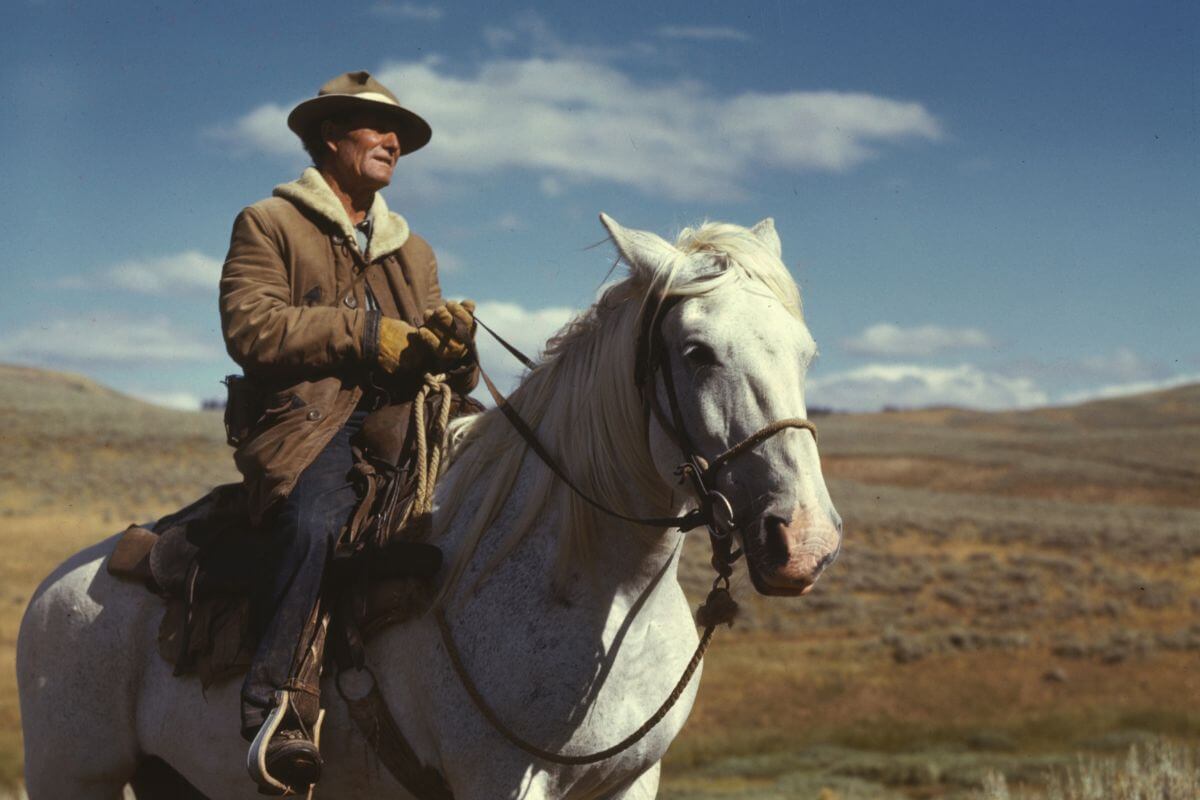
Big Sky Country is a land of wonders and historical marvels. We’ll take you on a whirlwind tour through Montana’s historical events that shaped the rugged landscape and resilient spirit of this captivating state.
Montana’s Pre-colonial Era: The Indigenous People’s Rule
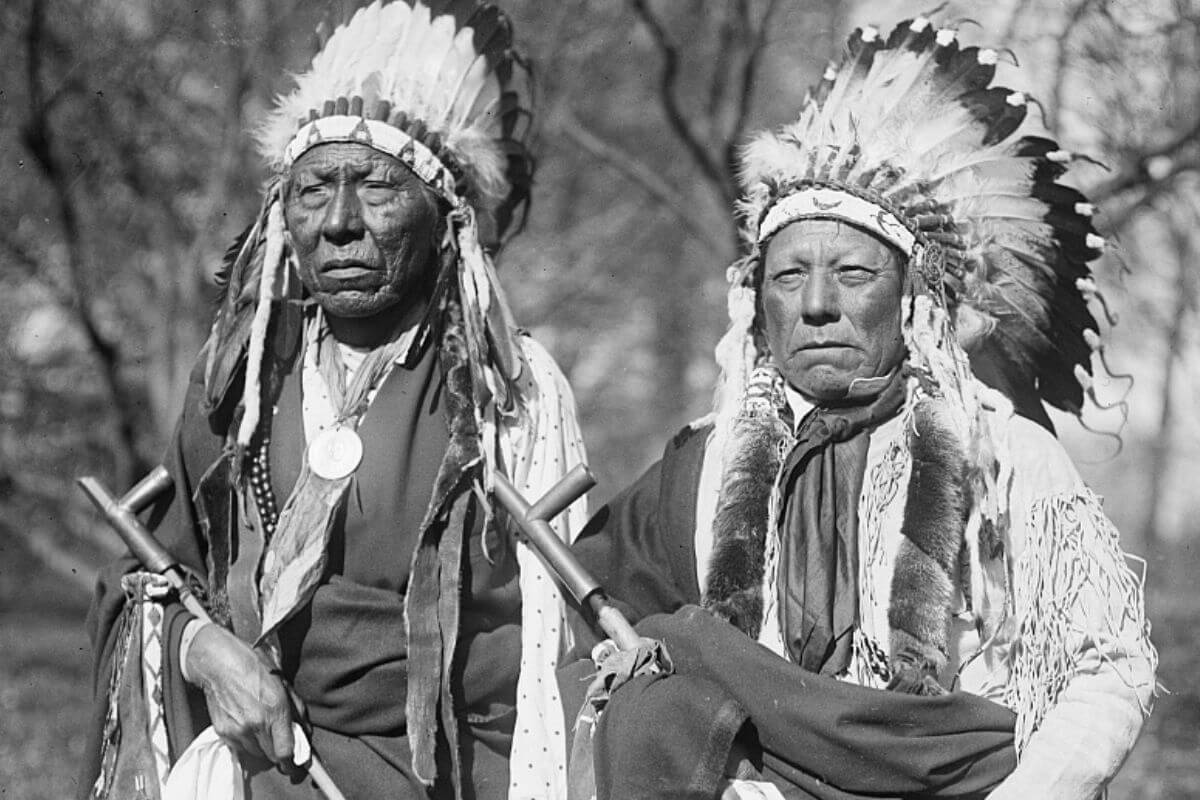
Montana’s present-day grounds were once home to indigenous people who first settled there over 12,000 years ago.
Archeological evidence paints a vivid picture of their presence, revealing a deep-rooted connection to this vast and untamed land.
The indigenous people who flourished in the plains and central regions of Montana were diverse, with major tribal groups comprising the fabric of their societies.
In the south-central regions of Montana and northern Wyoming, the Crow tribe thrived, embracing a way of life that harmonized with the rhythms of nature.
To the southeast, the Cheyenne people found their home, intricately entwined with the landscape that sustained them.
Moving north, the Blackfeet tribe dominated the northern reaches of Montana, their cultural traditions interwoven with the herds of bison that roamed the land.
Northeastern Montana was inhabited by the Assiniboine tribe, while the Gros Ventre people resided in the north-central regions.
These native peoples were nomadic, following the bison herds and other game as they moved with the changing seasons.
Montana’s Native American population was intricately intertwined with the natural world, and it left an indelible mark on the land we now call Montana, particularly in its historic and sovereign Indian reservations.
Montana During the Lewis and Clark Expedition
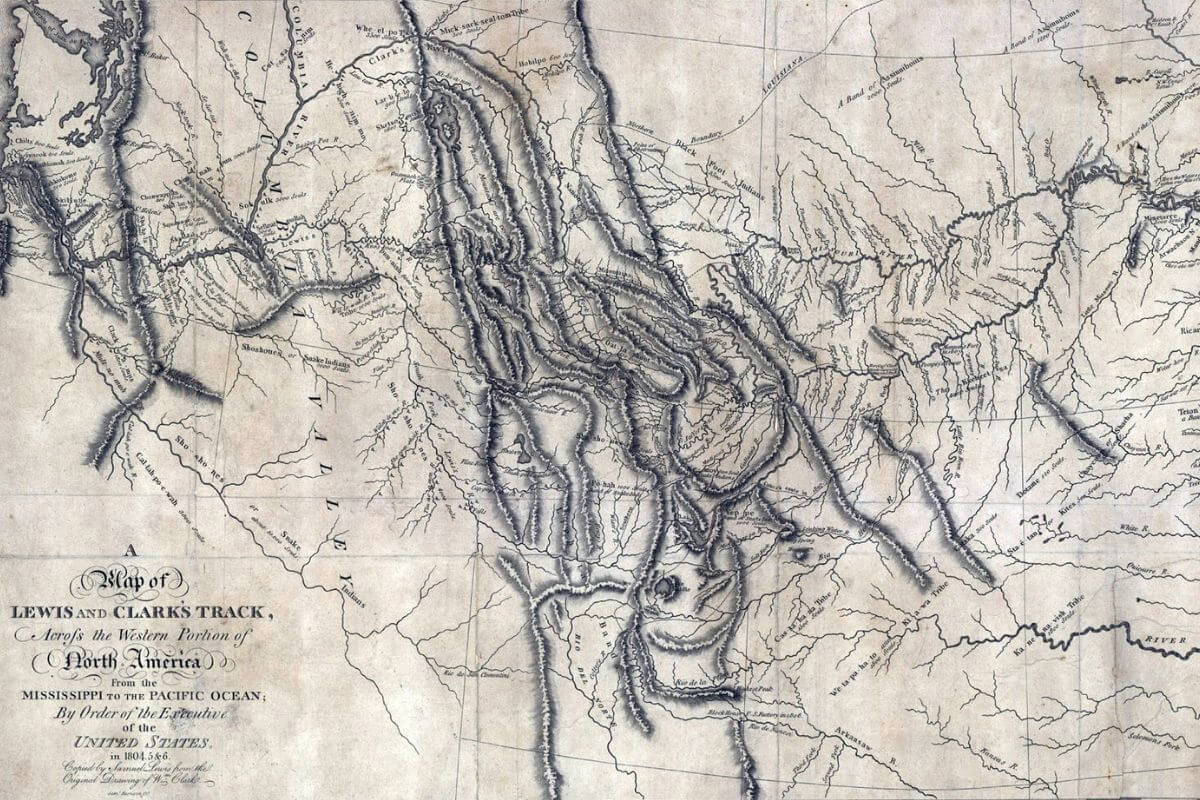
The Lewis and Clark Expedition unfolded in Montana from 1804-1806, forever etching its mark in America’s exploration history.
Motivated by various factors, Thomas Jefferson sought to strengthen America’s claims to the Pacific, make diplomatic contact with Native American tribes, expand the fur trade, and seek out the elusive Northwest Passage.
As Captain Meriweather Lewis and Second Lieutenant William Clark embarked on their expedition, they ventured into the vast and uncharted wilderness of present-day Montana.
Montana played a pivotal role in their journey, as the explorers split into two groups.
One group navigated the treacherous Marias River, while the other set out to explore and map the majestic Yellowstone River.
These intrepid explorers traversed the rugged terrain, encountering breathtaking landscapes and determinedly forging ahead.
Their expedition not only witnessed the breathtaking expanses of land but also became a welcoming ground for scientific discoveries.
It identified 178 plants new to science, including the enchanting Bitterroot, aromatic Prairie Sagebrush, towering Douglas fir, and majestic Ponderosa pine.
The Lewis and Clark Expedition also encountered 122 previously unknown animal species, including the awe-inspiring Grizzly bear, the playful Prairie dog, and the graceful Pronghorn Antelope.
The Lewis and Clark Expedition laid the foundation of westward expansion, opening doors to further exploration and the untamed wilderness of the great Northwest.
Montana During the Fort Benton Establishment
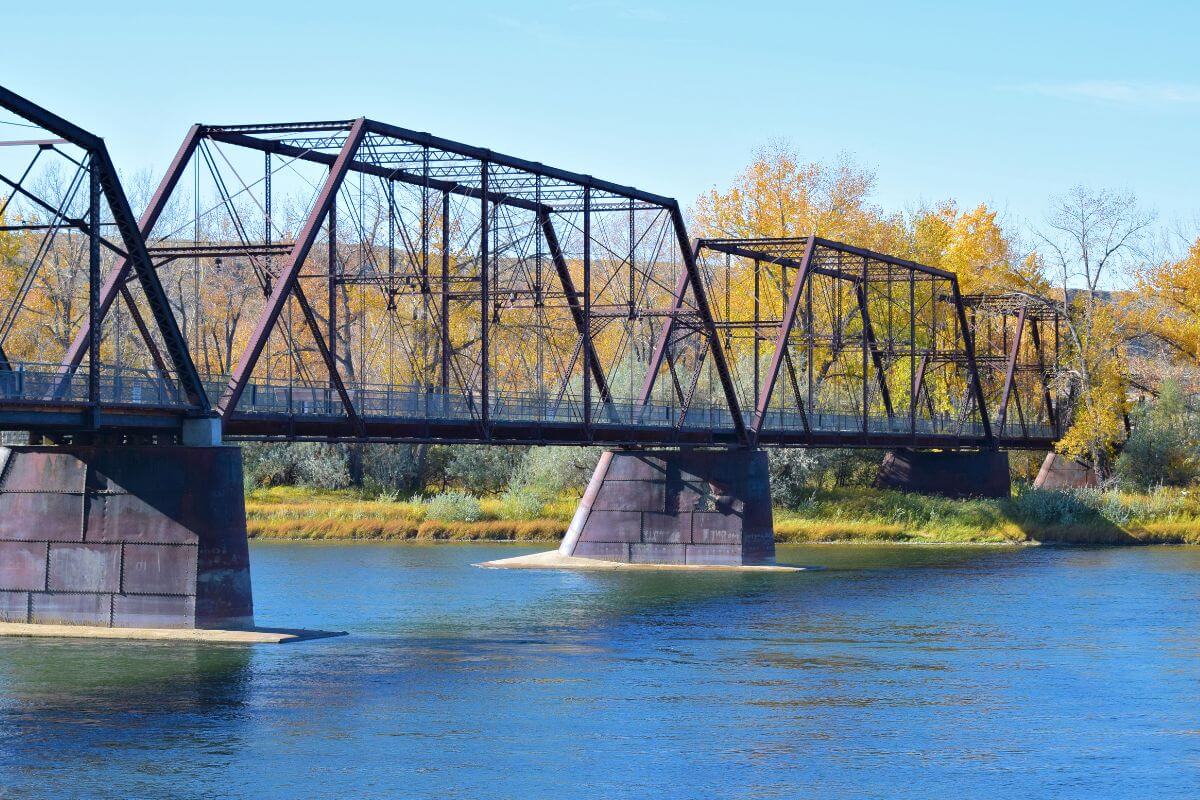
Back in 1846, the bustling Fort Benton was established as a fur trading post that stood proudly on the Upper Missouri River.
It is the second oldest permanent settlement in Montana next to the town of Stevensville.
In 1847, Fort Benton relocated 15 miles downstream, thanks to the vision of Alexander Culbertson.
Fort Benton soon became a crucial center of commerce, propelled forward by its strategic location. As the last fur trading post on the Upper Missouri River, it quickly blossomed into an economic powerhouse.
During the steamboat era, Fort Benton gained a reputation as the world’s most inland port.
With the discovery of gold in 1862, Fort Benton took off like a shooting star.
It became known as the birthplace of Montana, and it seemed like everyone wanted a piece of the action. Saloons, dance halls, and other buildings sprang up along the river for over a mile.
However, as time passed, the fort’s importance waned. The Montana Territory continued to grow, and the fort’s purpose diminished.
In 1881, it was decommissioned and abandoned. But it had already left behind a powerful legacy by then.
The fort itself may be gone, but the spirit of Fort Benton lives on. It’s a testament to the resilience and tenacity that shaped this incredible state.
Montana Territory’s Birth
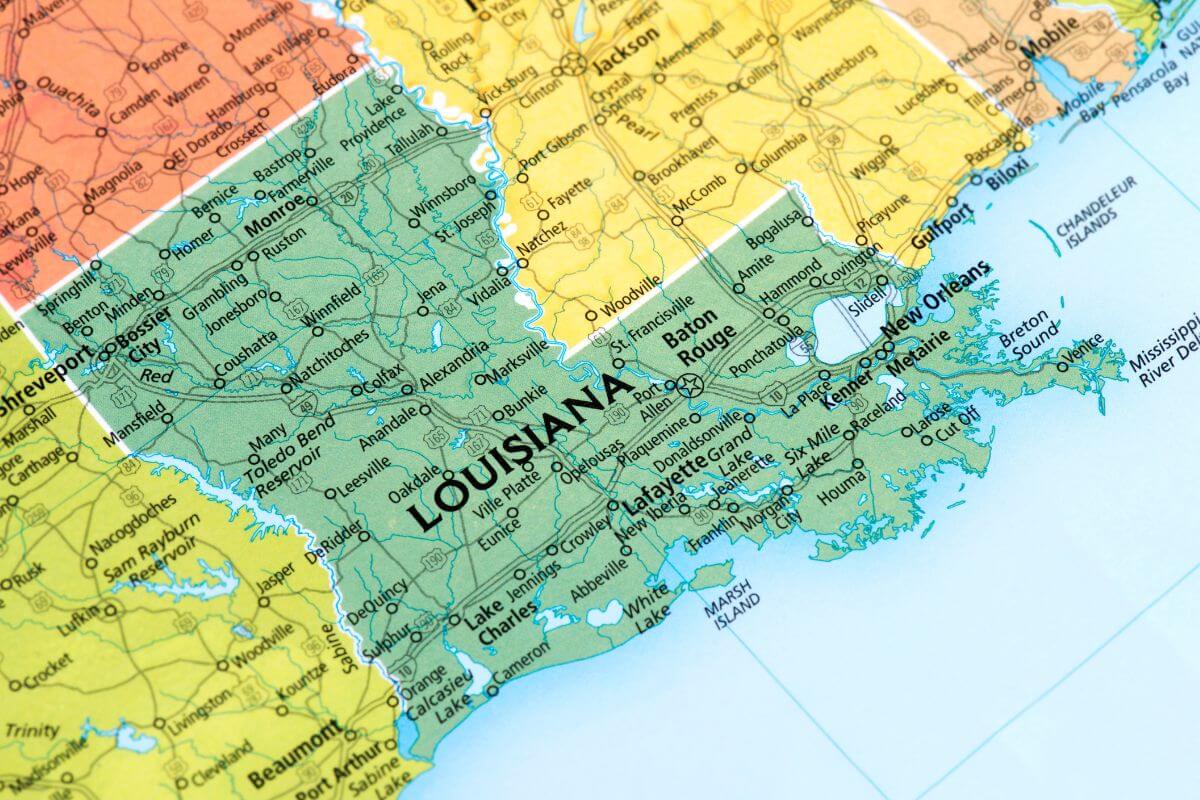
Back in 1803, the United States sealed a remarkable deal known as the Louisiana Purchase that gave them possession of a vast stretch of land that included the territory of Montana.
In this monumental transaction with France, the United States acquired a whopping 828,000 square miles of land west of the Mississippi River for a mere $15 million.
Here’s where Montana steps into the limelight.
It was the discovery of gold that truly paved the way for the establishment of the Montana Territory.
Virginia City, located within the Montana region, buzzed with excitement as the shiny metal captured the imaginations of prospectors far and wide.
Montana didn’t become a full-fledged territory overnight, though. It was carved out of parts of the existing Idaho and Dakota Territories.
President Abraham Lincoln signed the legislation that breathed life into the Montana Territory on May 26, 1864.
Bannack served as the initial territorial capital, but it wasn’t long before the honor passed on to Virginia City in 1865. Eventually, Helena took up the mantle in 1875, becoming the bustling heart of this evolving land.
With the establishment of the Montana Territory, a whirlwind of progress swept across the region.
Populations soared, driven by the allure of mining booms, as well as the promise of fertile land for farming.
Railroads stretched their iron tracks across the vast landscapes, connecting Montana to the rest of the world. Towns sprung up, brimming with dynamism and entrepreneurial spirit.
For 25 exhilarating years, the Montana Territory thrived, until it finally spread its wings and embraced statehood on November 8, 1889.
It’s truly a testament to the resilience and ambition of those who believed in the promise of this remarkable land.
Montana Becomes a State
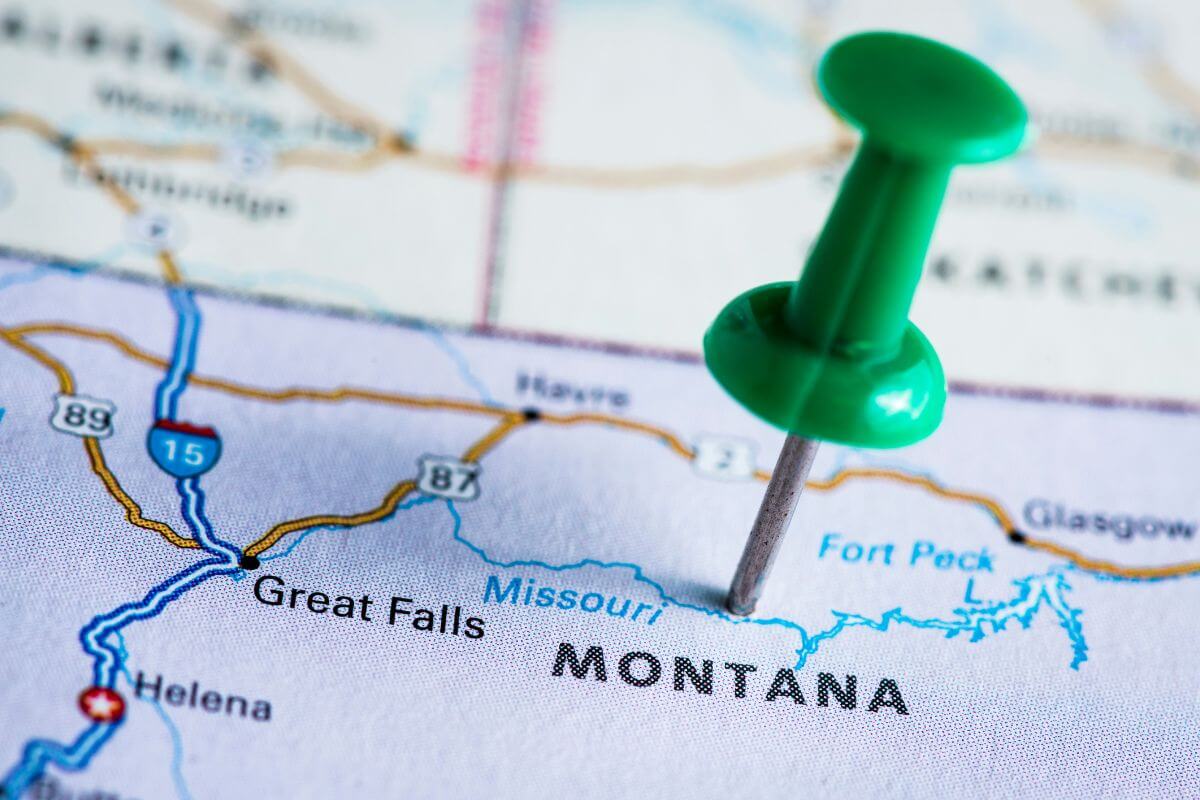
On November 8, 1889, Montana achieved statehood, proudly joining the ranks as the 41st state of the United States.
It was President Benjamin Harrison who issued the proclamation that solidified Montana’s place on the map.
Montana’s abundant natural resources played a pivotal role in its journey toward statehood.
With mineral deposits luring prospectors from far and wide, and fertile lands beckoning farmers, the potential for growth was undeniable.
The enabling act, passed by the U.S. Congress on February 22, 1889, provided the framework for statehood. It authorized Montana to draft its own state constitution, paving the way for its future governance.
With its own governor, legislature, and judiciary, Montana embarked on a new chapter of self-governance.
It had the power to make decisions that would shape its internal affairs and guide its future development.
Montana State Constitution’s Formation
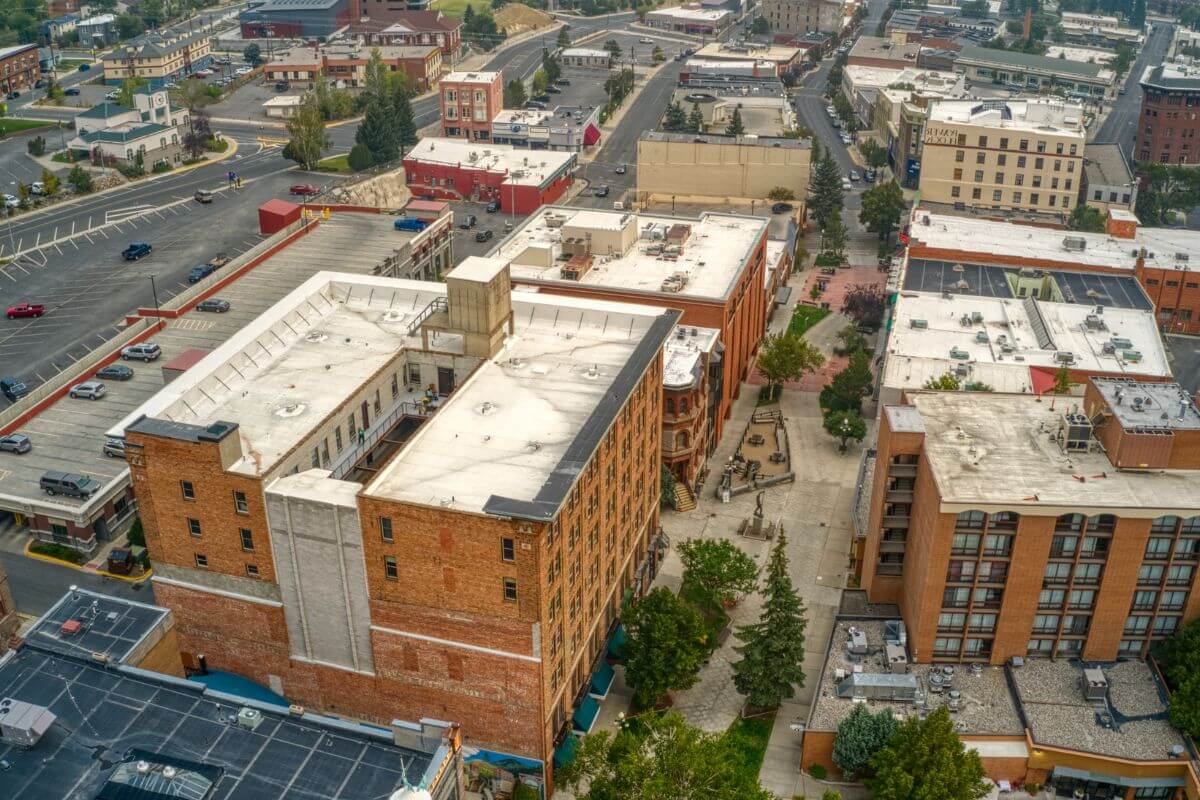
The story of Montana’s statehood doesn’t end with the drafting of its state constitution in 1889.
That was merely the beginning of a fascinating journey that leads us to the modern day, with the adoption of the Montana State Constitution on June 20, 1972.
The Montana State Constitution was formed during a constitutional convention held from January 17 to March 17, 1972, in the capital city of Helena.
What makes the Montana State Constitution truly remarkable is the significant grassroots participation that went into its creation.
It was a document shaped by the people, for the people. The aim was clear—to modernize and streamline the state government, while also addressing the emerging issues and challenges of the time.
The Montana State Constitution placed a strong emphasis on the protection of individual rights through its key provisions.
It recognized the rights of Native American tribes, highlighting their sovereignty and self-governance.
This acknowledgment of the unique status and contributions of Native Americans is a powerful testament to the progressiveness of the Constitution.
After being drafted and thoroughly debated, the Montana State Constitution was put to a vote by the people of Montana in a general election on June 6, 1972.
It was ratified with resounding support, becoming effective on January 1, 1973.
This transformative document has since shaped the course of Montana’s history, solidifying its commitment to democracy and liberty.
Montana’s Economic and Industrial Growth in the 20th Century
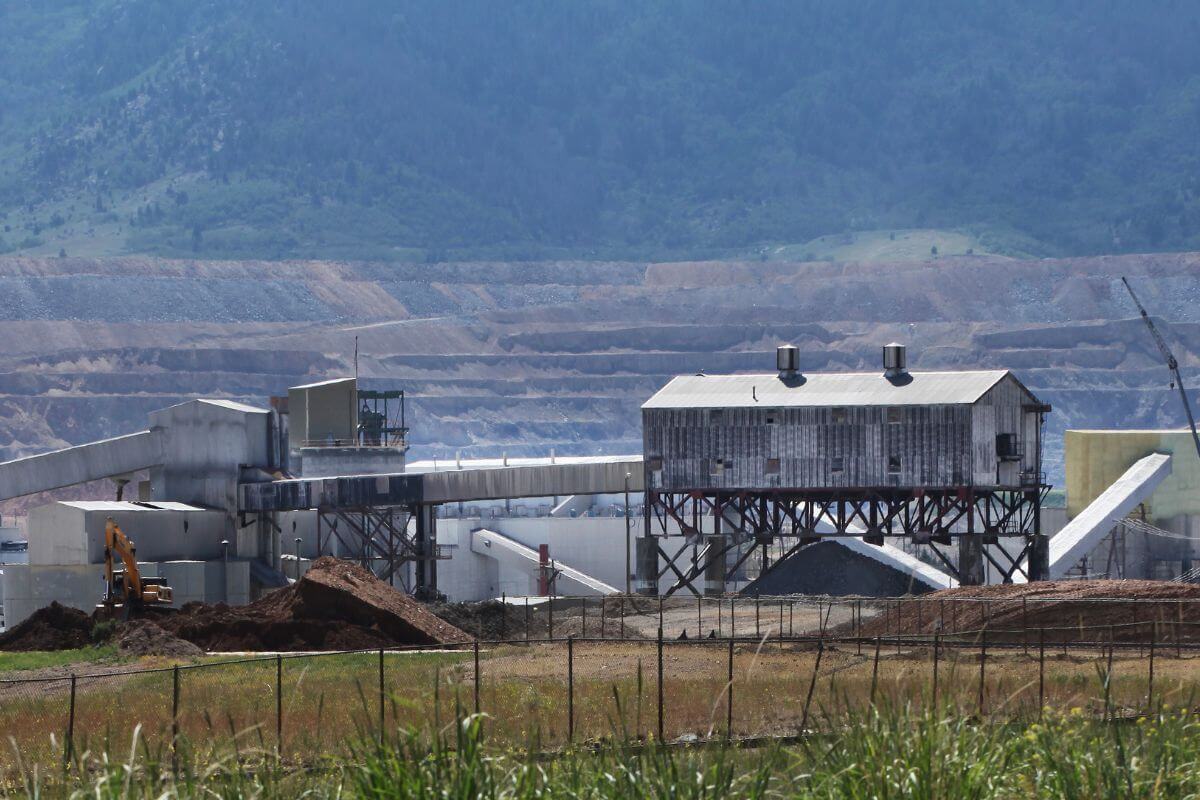
In the 20th century, Montana’s economic and industrial growth experienced a meteoric rise.
This was characterized by several significant events that played pivotal roles in shaping its prosperity.
- Rich Mineral Deposits – Copper, gold, silver, and coal played a vital role in driving Montana’s economic expansion, creating newfound wealth and opportunities for the state.
- The Dominance of Anaconda Copper Mining: Montana’s mining industry, led by the infamous Anaconda Copper Mining Company based in Butte, was paramount in shaping the state’s economic growth.
- Butte—The “Richest Hill on Earth” – Butte became a magnet for thousands of workers seeking fortunes in its copper mines, earning its nickname as the “Richest Hill on Earth.”
- Anaconda Copper’s Influence – As one of the world’s largest mining corporations, the Anaconda Copper Mining Company exerted dominant influence over Montana’s economy from its headquarters in Butte.
- Railroad Expansion – The arrival of railroads like the Northern Pacific Railway and the Milwaukee Road transformed Montana into a bustling transportation and trade hub, connecting the state to national markets.
- Harnessing Hydroelectric Power – Hydroelectric power emerged as a vital force, utilizing Montana’s abundant water resources to fuel industrial growth and electrify mining, agriculture, and other industries.
- Tourism’s Economic Impact – Yellowstone National Park, Glacier National Park, and even the Waterton Lakes National Park just beyond Montana’s northern borders brought tourists from far and wide, stimulating economic activity and offering new opportunities for growth in Montana.
Montana’s industrial and economic growth in the 20th century was a result of a diverse range of industries and resources coming together to shape the state’s prosperous future.
Montana’s Present-Day State
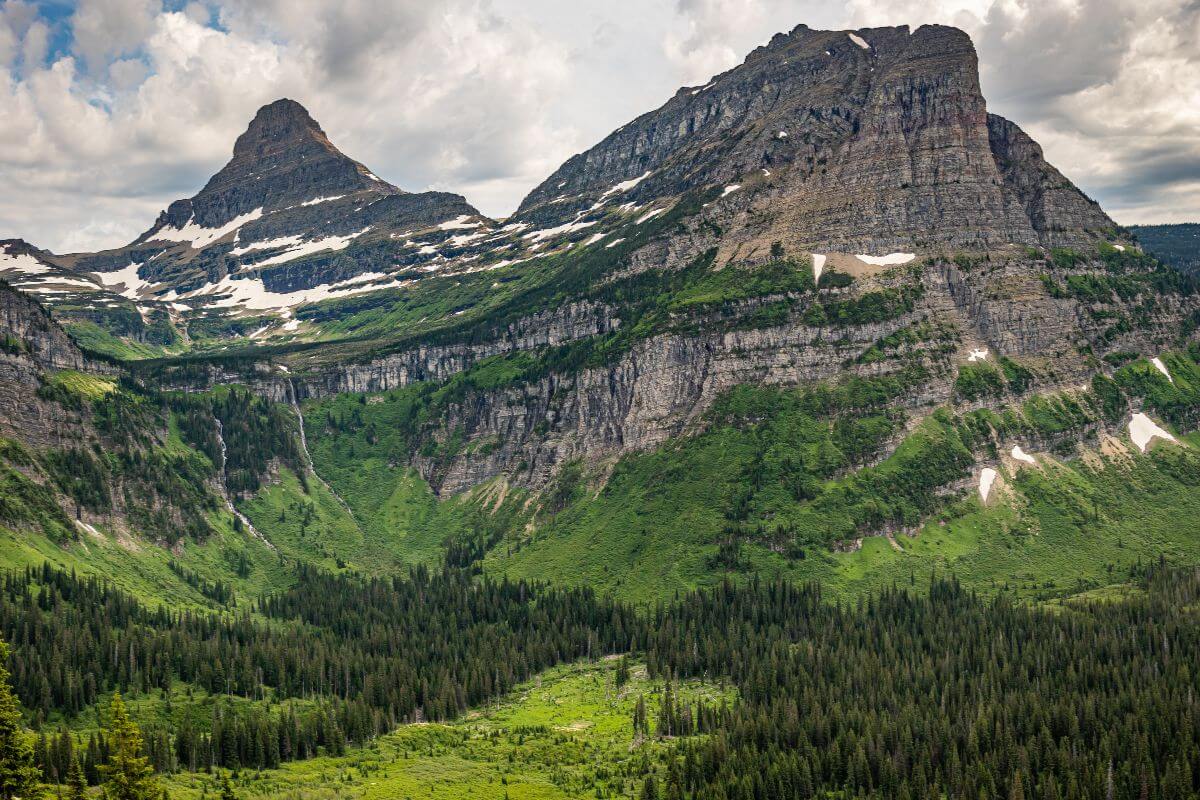
Montana, popularly known as “The Treasure State”, lives up to its name with its breathtaking natural landscapes and awe-inspiring wonders.
From the majestic Rocky Mountains to the pristine wilderness of Glacier National Park, Montana offers a tapestry of natural beauty that is unparalleled.
With a land area ranking as the fourth-largest in the United States, Montana is a vast expanse of untamed wilderness and serene beauty.
Its population, hovering at around 1.1 million people according to the U.S. Census, allows for a sense of tranquility and a closer connection to nature.
Montana’s economy today is driven by a diverse range of industries—agriculture, mining, tourism, and energy production are the pillars that support its economy.
The state’s rich soil and fertile lands make it an ideal location for agricultural pursuits, while its abundant mineral resources have propelled the mining industry forward.
The charm and splendor of Montana’s landscapes have made it a coveted tourist destination, stimulating economic growth and providing abundant opportunities for exploration.
Montana truly stands out for its unwavering commitment to the preservation and protection of its natural environment.
With deep reverence for its scenic landscapes, wildlife, and ecosystems, the state has taken significant strides to ensure its preservation for future generations to come.
In this 21st century, Montana stands as a testament to the harmonious coexistence of man and nature.
Its vast expanses and pristine beauty beckon travelers from far and wide, offering a sanctuary where one can escape the chaos of the modern world and find solace in the embrace of untamed wilderness.
Montana Legacy Final Thoughts
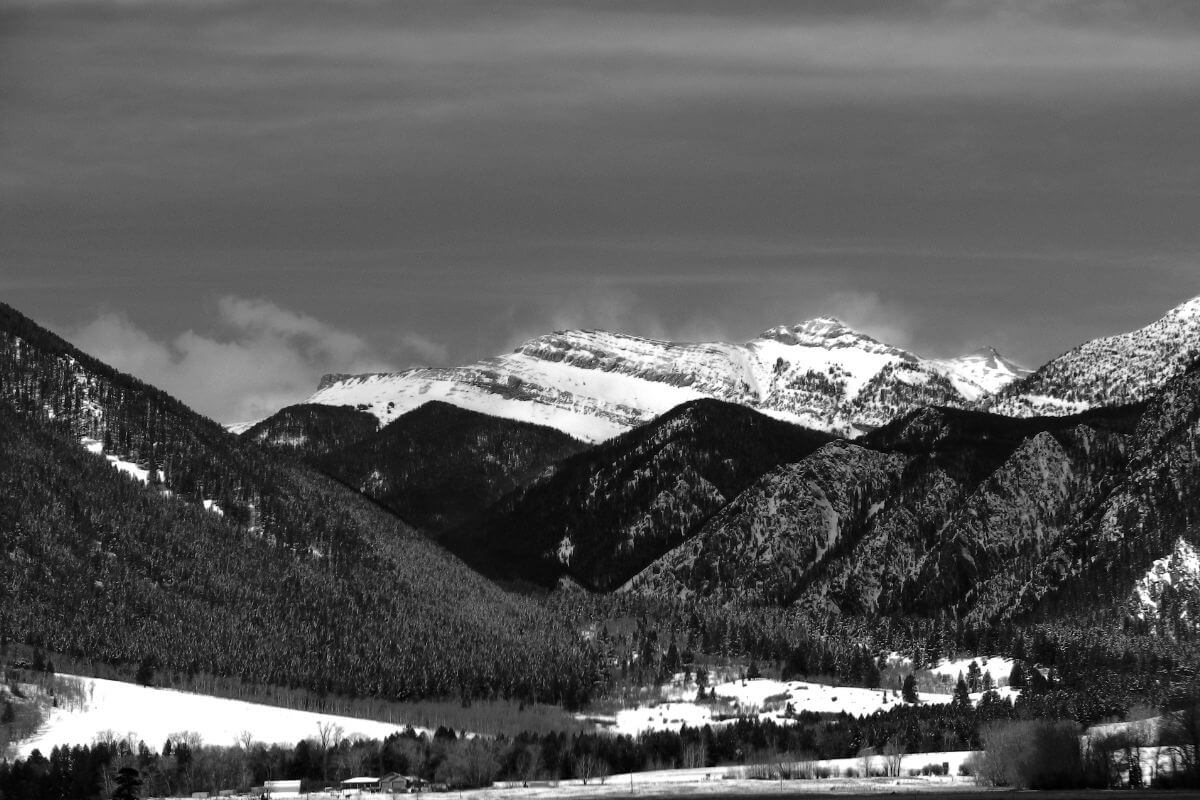
Throughout its historical timeline, Montana has experienced significant events that have shaped its legacy and established its role in U.S. history.
The arrival of indigenous peoples marked the beginning of Montana’s rich cultural heritage. These tribes inhabited the land for centuries before European settlers arrived, leaving an indelible imprint on the state’s identity.
From then on followed a series of historic events, from the Lewis and Clark Expedition and the proclamation of Montana’s statehood to its industrial boom in the 20th century and becoming the world-renowned tourist draw that it is today.
Montana’s legacy is defined by the rich tapestry of indigenous culture, the pioneering spirit of explorers, the establishment of self-governance, and the state’s contribution to America’s industrial and economic pursuits.
Its history is a testament to the resilience and ingenuity of the people who have called this magnificent state home.
Montana Legacy FAQs
1. What Makes Glacier National Park So Iconic?
Glacier National Park stands as a testament to the sheer beauty and grandeur of Montana.
With its striking landscapes, pristine glacial-carved valleys, and serene lakes, it’s no wonder why Glacier National Park has become a symbol of the state’s natural legacy.
2. How Did Montana’s Copper Mining Industry Shape Its Legacy?
Montana’s copper century played a pivotal role in shaping the state’s history and reputation as a prominent mining region.
Copper miners from far and wide were drawn to the huge deposits of copper, which led to the rise of the largest copper mining companies.
3. What Is the Significance of Montana’s Open-Range Cattle Industry?
The 1870 open-range cattle operations were an integral part of Montana’s identity and heritage because they paved the way for cattle ranches to flourish, contributing to that state’s economy and shaping its agricultural landscape.
That said, cattle companies experienced their fair share of hardships during this time, as thousands of cattle perished from severe winters and blizzards.
4. How Did Montana’s Indigenous Tribes Influence Its Legacy?
Tribes such as the Blackfeet, Crow, and Cheyenne played a vital role in Montana’s legacy through their sustainable use of the land, their deep spiritual connections, and their rich oral traditions.
Today, their influence can still be felt through the preservation of sacred sites, the celebration of cultural events, and the ongoing efforts to honor and respect indigenous rights.
5. What Role Did Montana Play During the Lewis and Clark Expedition?
Montana holds a significant place in the archives of American history due to its association with the Lewis and Clark Expedition.
Meriwether Lewis and William Clark embarked on their epic journey, venturing through Montana’s untamed wilderness.
Their exploration not only opened up new frontiers but also laid the groundwork for future settlement and development in the region.
Fulfill your curiosity about Montana by exploring these great reads:
- Exploring Montana’s Food History
- Launch Points in Montana
- Montana Army Installations
- Montana’s Earliest Community
- https://mt.gov/discover/brief_history.aspx
- https://www.loc.gov/item/today-in-history/may-26
- https://sosmt.gov/history/
- https://www.mtd.uscourts.gov/district-montana-history
- https://pubs.er.usgs.gov/publication/pp776
- https://www.umt.edu/this-is-montana/columns/stories/montanas-first-written-history.php
- https://www.montana.edu/history/
- https://leg.mt.gov/bills/mca/title_0000/chapters_index.html
- https://loc.getarchive.net/media/chief-bearman
- https://commons.wikimedia.org/wiki/File:Ft_Benton_Bridge.jpg

